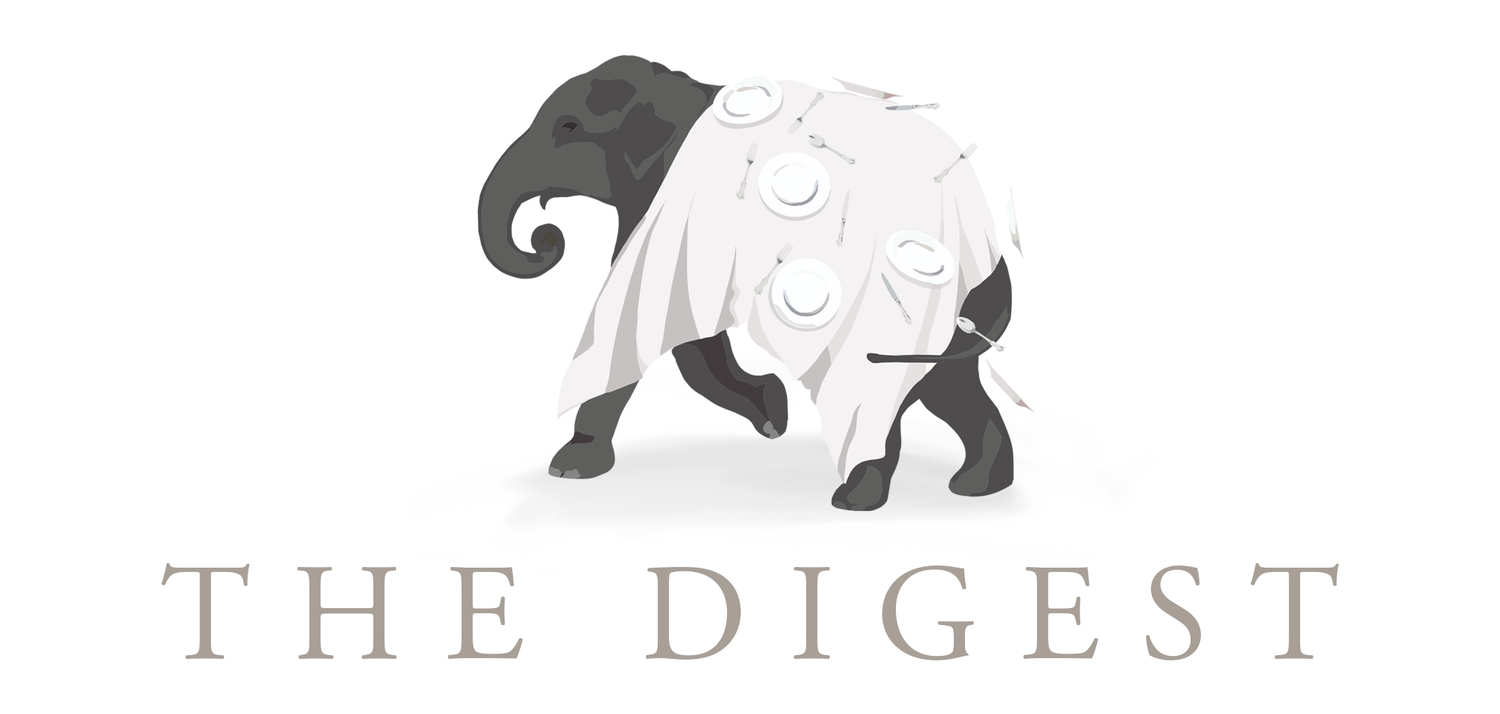How I Became a Food Historian
For my history honours I wrote a rather unremarkable and unsatisfying dissertation (“Empire and Sexual Opportunities: The Sequel?”) on sex and so for my PhD thesis I decided to focus attention on food. Seriously, I’ve always been interested in food studies/history. After high school I had wanted to pursue a degree in nutrition but I was so bad in maths and science that I did not have the required subjects for enrolment. So, like what some people with failed aspirations do, I did a course in journalism and in the years that followed I worked for newspapers and later as a civil servant, at the same time freelancing for syndicated news agencies and other publications. I continued to do freelance writing when I travelled with my husband to Tanzania, the Sudan, Indonesia, Germany and England. But all the time, as an expatriate wife in Africa and Asia (in some ways dangerously similar to the colonial wife, a specie at the heart of my thesis), my interest in food never waned. I learned to cook Tanzanian dishes over open fires in remote villages and brew Eritrean coffee in a refugee camp...
But I am getting ahead of myself. Let’s start at the beginning. I was nine years old when British North Borneo became independent and joined the Federation of Malaysia. Of course, I remembered nothing of the event nor was I aware that I lived in a colony. My paternal grandfather came to North Borneo in the waves of migration when the British encouraged Chinese labour to help build the colony. It would have been similar beginnings on my mother’s side. While my childhood memories are sketchy, the things I remember most are mainly to do with food. As the tuans and mems (or sahibs and memsahibs in India) were indulging in their colonial-hybrid cuisine of curries, mulligatawny, chicken country captain, pishpash, kedgeree and the like, we the colonized ate foods from our respective ethnic and racial groups. It was years or decades later that we sampled the diverse cuisines outside of our own, which the multicultural community offered. Today of course urban Malaysians and other urban-people worldwide are exposed to cuisines from all corners of the earth.
I remember trekking to my aunt and uncle’s rubber plantation in Sandakan to pick rambutans that were grown among the rubber trees. In my child’s mind that was an expedition to the vast jungle over exciting terrain, but in truth it must have been a smallholding excavated from primary forests. In 1877 Sir Henry Wickham had smuggled 70,000 rubber seeds out of Brazil to Britain. The race to produce rubber from the latex of rubber trees in the colonies was on. I remember every Chinese New Year my uncle and aunt would steam the sticky new year cake over a large cauldron. When it had become firm and pliable for the new year they would slice the huge cake with a length of wire.
I remember attending Hakka weddings in the countryside where rickety tables were set up in the open, heavily laden with the most delicious festive dishes. There was succulent white chicken meat that was poached in abalone soup. Men carrying buckets of this soup would come to each table and ladle it into thick porcelain bowls with rooster designs. There was crispy skinned roast chicken with seasoned salt to dip in. There was black velvety mushroom stew that had been simmered for hours with fatty pork. There were deep fried prawn fritters. Prawn crackers were a child’s delight. There was duck in sour plum sauce. I remember Sunday mornings after mass (the Christianisation of the colonised with a promise of enrolment in English language schools, and therefore job prospects, was conducted by European missionaries – in British North Borneo they were the San Franciscan nuns, La Salle Brothers and Mill Hill Fathers from the UK and the Netherlands) we would go to the Sandakan upstairs market and have the best breakfast of cuttlefish in a rich brown sauce served over kangkung. Another just as delicious alternative was wonton noodle soup. Was it 50 cents a bowl? There was not a colonial in sight! At the tuckshop of the Catholic primary school run by British Franciscan nuns were meals and snacks both so delicious and nutritious they would delight Jamie Oliver. There were crispy pancakes made with shrimp and spring onions; grilled dried squid spiced with fiery chilli, fried noodles, sweet potato puffs with bean paste, banana fritters... all cooked on-site by the rotund tuckshop lady.
Fast forward a few decades. High school, journalism studies in New Zealand and tertiary education in Australia had all been possible because of the acquisition of English language in these mission schools. In between I went to Tanzania, got married there and wrote a manual for expatriate wives. I returned to Malaysia to have a baby, then lived in Germany and England. Back to Africa, this time to the Sudan. My husband’s United Nations work took us to Indonesia; other postings that followed included Azerbaijan, East Timor and Serbia. When my daughter enrolled for university study I followed suit. I triple-majored in history, political science and German. One thing led to the other and in 2010, at the age of 56, I was awarded a PhD in History with Distinction from The University of Western Australia. The rest is food history...
Currently I am on a three year postdoctoral research fellowship at the University of Wollongong in Australia. I am working on a book length project, Urban Food Culture in Asia Pacific: Sydney, Shanghai and Singapore in the 20th Century to be published by Palgrave Macmillan in 2016.
